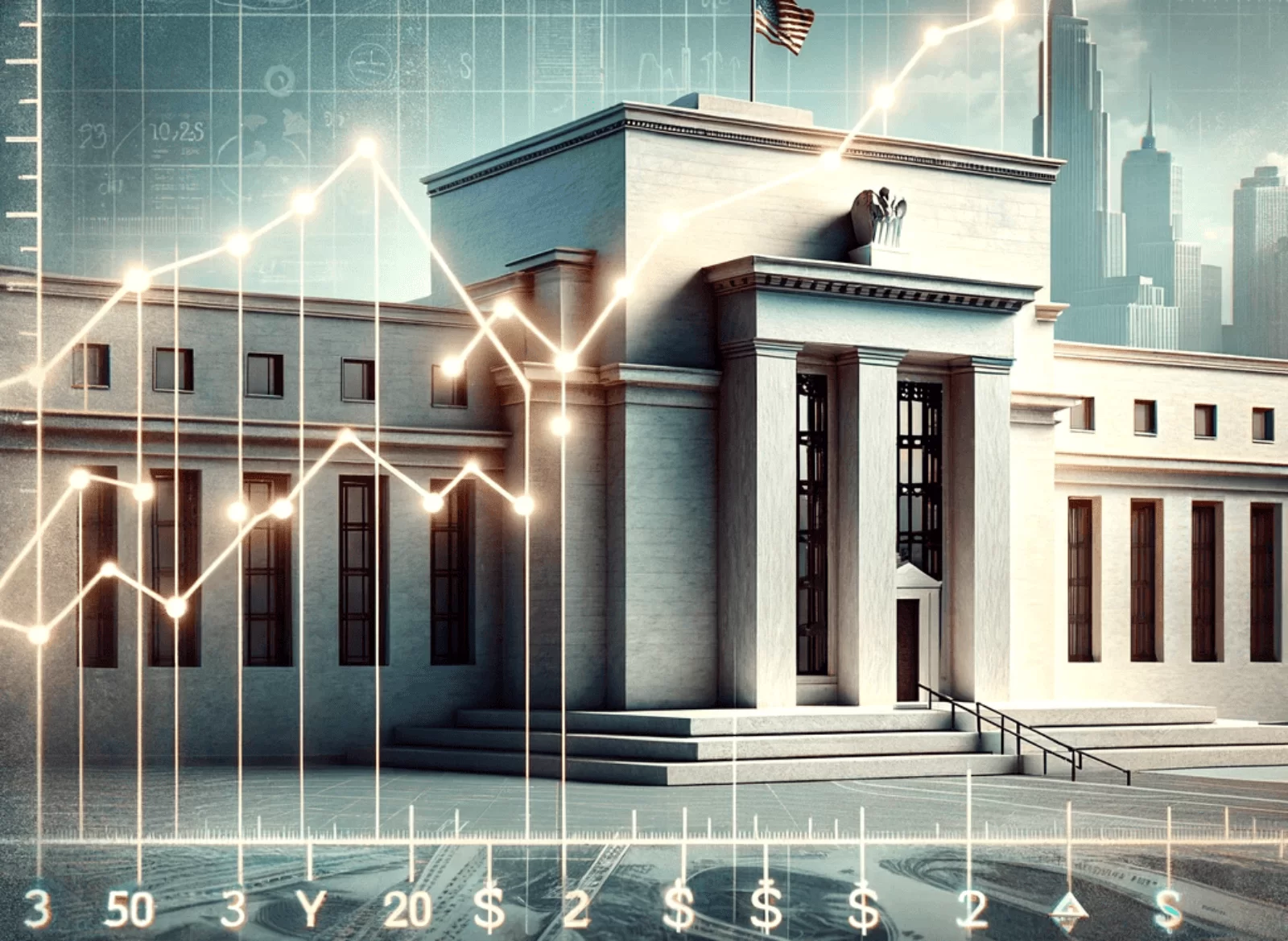Wrapping up the year with a significant decision on December 13, 2023, the Federal Reserve has chosen to hit the pause button on the federal funds rate, marking the third consecutive hold.
It’s key to note that while the Fed doesn’t set the rates for our savings and loan products directly, this move to keep their benchmark rate steady is definitely going to create some buzz and have tangible effects when it comes to real estate (We have already seen rates fall below 7% and are expected to come down even more as early as this afternoon!)
Let’s take a little deeper look and how the impact of the Federal Reserve.
The Fed’s decisions on interest rates are particularly pertinent, not only influencing the broader economy but also directly affecting the real estate market.
The Fed’s Steady Approach to Interest Rates
Since July, the Federal Open Markets Committee has maintained interest rates at a range of 5.25% to 5.5%, following a quarter-point rate increase. This had pushed mortgage rates for a 30-year fixed mortgage close to 8% for well-qualified buyers, more than doubling the monthly payments for homebuyers when rates were at their lowest.
The next window for a potential rate adjustment is slated for the end of January. This steady approach signals a cautious yet responsive stance from the Fed in navigating economic uncertainties.
Certainly, further rate hikes could be on the table if inflation does not ease back to the 2% target or if it starts climbing again. However, there’s a growing sense of optimism among investors. Inflation has slowed considerably from last summer’s highs, and the economy has demonstrated resilience, avoiding a recession. This positive outlook is fostering hope that the Fed might begin reducing interest rates as early as next year.
Understanding the Fed’s Economic Projections
The release of the Fed’s quarterly economic projections offers crucial insights into their policy considerations regarding interest rates. These projections predict potential rate changes over the next three years and include estimates on unemployment, inflation, and economic growth.
According to these projections, the Fed anticipates cutting rates three times in 2024. Such a move would lower borrowing costs, making loans more accessible for consumers and businesses. The timing and magnitude of these rate cuts will likely depend on inflation trends, which are expected to continue their downward trajectory into 2024.
The Fed’s long-term goal is to see inflation stabilize at around 2% by 2026.
Recent data, such as the consumer price index, shows inflation moderating mildly to 3.1% annually as of November.
Implications for Mortgage Rates and Real Estate
So what does all this mean for the real estate market in a nutshell?
The Fed’s interest rate decisions create significant ripple effects in the mortgage market and, by extension, the real estate sector.
Higher Federal rates lead to increased mortgage rates, making home buying more expensive. Conversely, holding rates steady or reducing them can result in more affordable mortgages.
The current stability in rates is creating a balanced environment in the real estate market.
Buyers are less discouraged by mortgage rates, while sellers are under less pressure to reduce prices. Looking ahead, if the Fed lowers rates in 2024 as projected, the real estate market could see increased activity with more buyers entering the market, buoyed by lower borrowing costs. Depending on HOW low rates go, we could see a pretty sharp turn back towards the market we experienced from the end of 2020 to the middle of 2022…
In the end… whether you’re looking to buy OR sell, it’s important to keep a close eye on the Fed’s interest rate decisions and understanding their implications. By being informed about these economic indicators, you can make strategic decisions.
Related Posts





